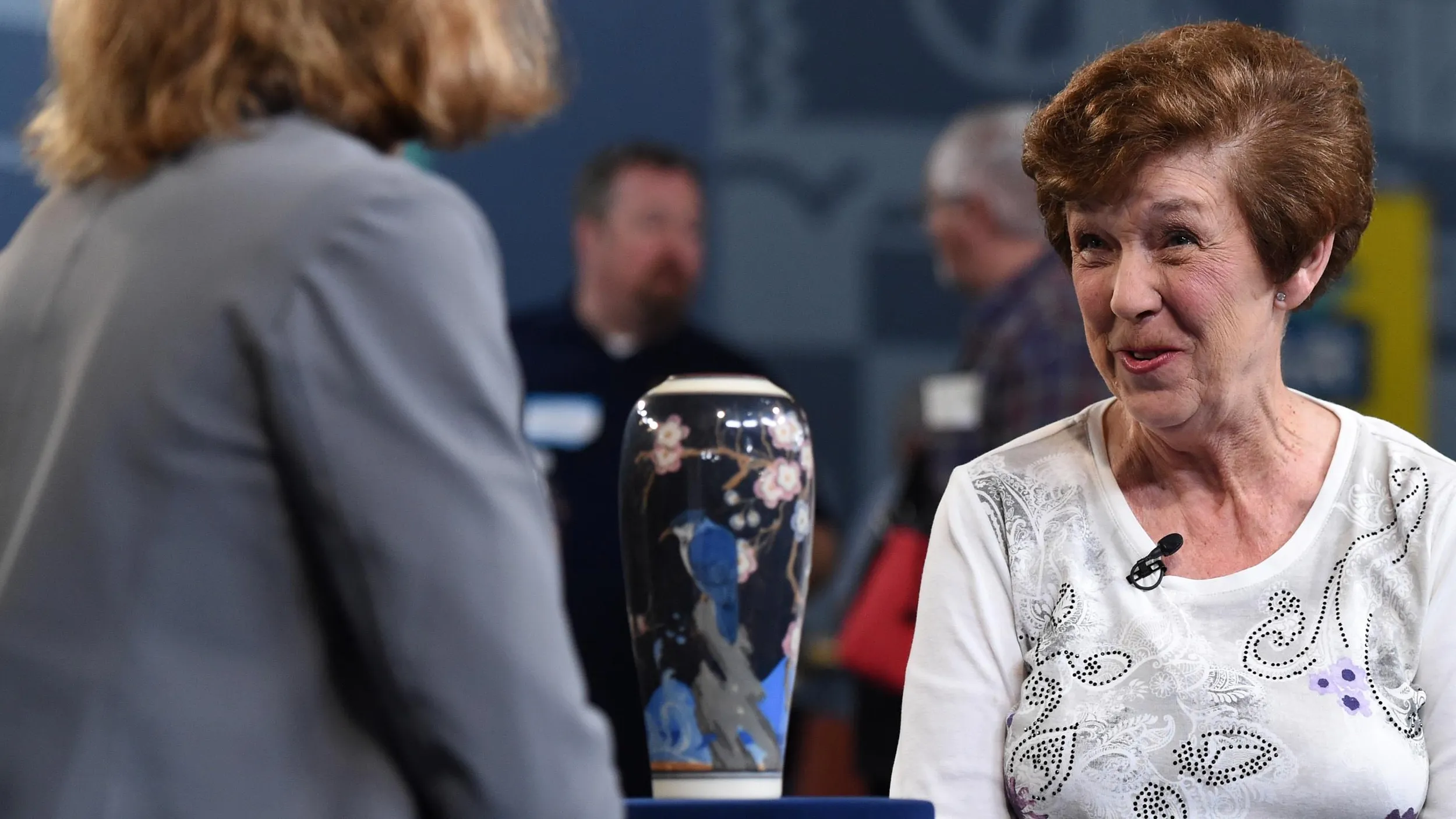GUEST: I went to a rummage sale and there was a box of stuff. I bought it for two dollars, and… it's been in a closet in a briefcase for 15 years.
APPRAISER: Tell us a little about what it is, what you know about it.
GUEST: Well, Susan Carhart was a teacher during the Civil War to teach the black students after we took over the plantations. They had set up schools and she was one of the teachers there. And she drew pictures of her pupils, and that's one of her attendance reports, and she wrote a couple things in there that's pretty important. Her husband was a colonel I believe, and he was in Baton Rouge, and he sent for her because she was a teacher to come down there to… teach at one of the schools down there.
APPRAISER: Well, first of all, what was happening to some degree was the North had already come in, they had pretty well secured Baton Rouge by that point. So they were trying to set up schools, do some education. She went down, but it was still, although they had secured it, it was still a war zone. And that's what this letter gets into. And give a little bit of that background.
GUEST: Well, somewhere in there she writes that they sit with their bonnets on, and the candles out, afraid the rebels are going to attack.
APPRAISER: Yeah.
GUEST: And in another little verse she has in there, that the rebels attacked the night before and robbed some of the Union soldiers.
APPRAISER: These were young children, they had no opportunity for education whatsoever under the plantation slave system. I mean they were slaves…
GUEST: Yeah.
APPRAISER: …relatively recently. And she actually makes a few comments about a few of the students. She was saying that there's a handsome, pleasant little boy, aged about seven, intelligent, but not too forward. And on others, she makes some comment, intelligent, but maybe not as good a student.
GUEST: Yeah.
APPRAISER: Some she said "very personable." Whoever put this together called them "contraband scholars, 1864." And the woman's name was Susan Tallman.
GUEST: Carhart Tallman.
APPRAISER: And she drew these pictures. They're really unusual. I've seen and heard of pictures that Union soldiers drew, adults, but… I have gone around just this morning and talked to the people in folk art, the people in military, the other people in books. And nobody has seen little sketches and drawings like this. Also you have the attendance report. Now, the attendance report itself was something that's fairly rare because they didn't do up many of these, it was in the South during the war, done by the Union. But paper was very scarce.
GUEST: Yeah.
APPRAISER: So they would overwrite. If the South ever got back in, they were afraid that there would be terrible retribution. So these students huddled together in that schoolroom being afraid of them coming in was a tremendous thing. It's a little bit difficult to appraise in the sense that we haven't seen things like this. These are really rare. But I would say on a retail basis, easily $10,000 to $15,000.
GUEST: Wow, really. (chuckles)
APPRAISER: And that, I feel, is a very conservative estimate. Now there is one other thing that I want to mention. At some point, someone laminated the front of this.
GUEST: Yeah, I know.
APRAISER: That will take some repair, it should be done, but that's a minor cost compared to the value of the items, and that is something that you really should get a conservator to do.
GUEST: Well, thank you, I'm amazed.



